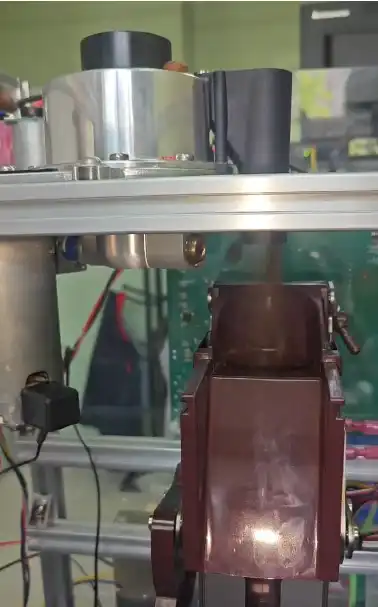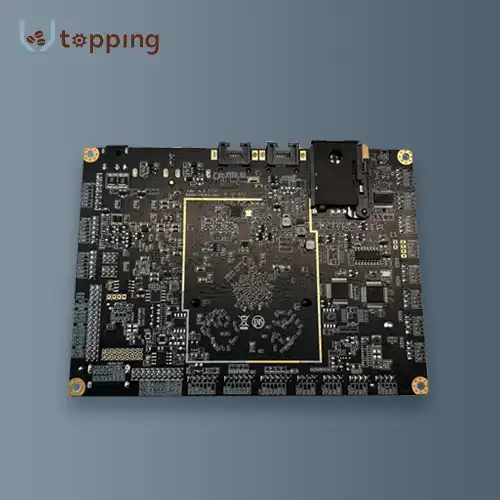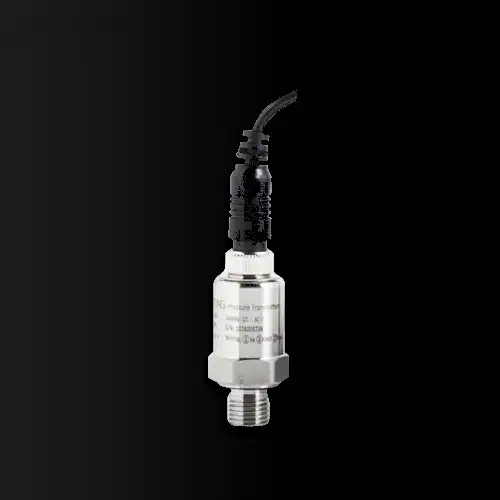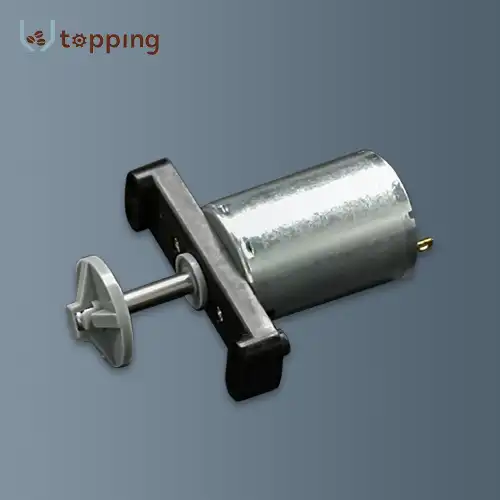What is the Brewing pressure of the coffee brewing Unit?
2024-10-14 11:26:13
Brewing pressure in a coffee brewing unit
Blending tension in an espresso fermenting unit alludes to the power applied on water as it goes through ground espresso beans during the extraction cycle. Brewing coffee, particularly for espresso-based drinks, requires this pressure. It is typically measured in megapascals (MPa), where 1 MPa is equivalent to 10 bars and one bar represents the atmospheric pressure at sea level.
Pressure plays a crucial role in a coffee brewing unit, flavor, and consistency of the final product during the coffee brewing process. When coffee is brewed, pressure helps extract soluble compounds from the grounds more effectively than gravity on its own. This makes the beverage, especially espresso, more concentrated and flavorful with a coffee brewing unit of crema on top.
Depending on the particular brewing method and desired outcome, the ideal brewing pressure may differ. For conventional coffee machines, the standard strain is regularly around 9 bars (0.9 MPa). However, some machines are able to function at pressures between 7 and 15 bars (0.7 and 1.5 MPa). It's important that while higher tension doesn't be guaranteed to mean better espresso, it influences the extraction cycle and last flavor.
Pressure profiling, in which the fermenting pressure is differed all through the extraction cycle, has gotten a great deal of consideration as of late. Coffee shots that are more intricate and adjusted may result from this strategy's expanded command over flavor extraction.
Brewing pressure is an important factor in coffee extraction
Espresso extraction, in particular, is significantly influenced by brewing pressure. The overall flavor, texture, and quality of the coffee will all be significantly affected, as will the extraction speed and effectiveness.
When water is pushed through coffee grounds under pressure, the extraction of soluble compounds is improved. These compounds include flavors and aroma molecules, acids, oils, and caffeine. Water can now get closer to the surface of the ground thanks to the pressure's ability to break through the resistance created by the tightly packed coffee grounds. This produces an extraction that is both more thorough and quick when compared to methods that only use gravity.
The role of pressure in extraction can be understood through several key aspects:
1. Rate of extraction: In most cases, faster extraction results from higher pressure. While this can help you make a quick, concentrated espresso shot, careful control is needed to avoid over-extraction.
2. Solubility: The solubility of various coffee compounds is influenced by pressure. Under higher pressure, some compounds that might not dissolve as easily at atmospheric pressure become more soluble, which contributes to the distinctive flavor profile of coffee brewed under pressure.
3. Emulsification: The high strain in coffee preparing assists with emulsifying oils present in espresso. This emulsification is somewhat liable for the making of crema, the brilliant earthy colored froth that sits on a very much pulled coffee shot.
4. Texture: The body and mouthfeel of the coffee can be affected by the pressure used to brew it. A beverage with a higher pressure usually has a stronger flavor and is viscouser.
5. Balance in flavor: Which flavor compounds are extracted and in what proportions can be affected by the pressure used. The final cup's overall flavor balance may be affected by this.
Understanding and controlling blending pressure is urgent for accomplishing consistency in coffee readiness. Coffee enthusiasts and baristas frequently play around with various pressure levels to bring out particular flavors or characteristics in their coffee. A few high level machines even take into consideration pressure profiling, where the strain is fluctuated during the extraction interaction to make more perplexing flavor profiles.

Factors that can affect the brewing pressure of a coffee brewing unit
Several factors can influence the brewing pressure in a coffee brewing unit. Understanding these factors is crucial for maintaining consistent quality in coffee preparation. Here are some key elements that can affect brewing pressure:
1. Pump performance: The pump is responsible for generating pressure in most espresso machines. The type of pump (vibratory or rotary), its condition, and its capabilities directly impact the brewing pressure. A worn or faulty pump may not be able to maintain consistent pressure.
2. Grind size: The fineness of the coffee grounds significantly affects the resistance to water flow. Too fine a grind can create excessive resistance, potentially leading to over-pressure situations. Conversely, too coarse a grind may result in under-pressure, as water flows through too easily.
3. Coffee dose: The amount of coffee used in the portafilter can affect pressure. A larger dose typically increases resistance, potentially raising the effective brewing pressure.
4. Tamping force: The density of the puck and, as a result, its resistance to water flow are affected by how tightly the coffee is tamped in the portafilter. Variations in brewing pressure can result from inconsistent tamping.
5. Machine design: The overall design of the coffee machine, including the diameter of pipes and valves, can influence pressure. Some machines incorporate pressure regulators or profiling systems to control pressure more precisely.
6. Water temperature: While not directly affecting pressure, water temperature can influence how easily water flows through the coffee puck, indirectly impacting the effective brewing pressure.
7. Maintenance of machines: It's important to clean and maintain on a regular basis. The brewing pressure can be affected by scale buildup or debris in the machine.
8. Altitude: Some espresso machines can be affected by the lower atmospheric pressure at higher altitudes, potentially affecting the effective brewing pressure.
9. Systems for profiling pressure: A greater degree of control over the brewing pressure is provided by advanced machines that permit the deliberate variation of pressure during the extraction procedure.
10. Quality of the coffee: The coffee puck may experience additional resistance, which could have an impact on the brewing pressure, as fresh coffee releases more CO2.
For consistent, high-quality espresso, it is essential to comprehend and control these factors. In order to maintain the optimal brewing pressure and, as a result, the desired coffee quality, baristas and home enthusiasts frequently need to adjust one or more of these variables.
Coffee brewing Unit manufacturers
Topping Motor alia has more than 10 years of experience and Brewing pressure: 0.8-1.1MPa. If you are choosing your coffee brewing Unit manufacturers, welcome to contact us at sales@huan-tai.org.
Consider the intended use (home or business), desired pressure capabilities, build quality, and after-sales support when choosing a coffee brewing unit manufacturer. It's additionally vital to consider whether highlights like strain profiling or pre-implantation are significant for your particular necessities.
1. References A. Illy, R. Viani, and others Coffee in Espresso: The Art of Quality Research Press of Academics.
2. C. H. Hendon, L. Colonna-Dashwood, and M. Colonna-Dashwood The Function of Dissolved Cations in the Extraction of Coffee. 62(21), 4947-4950, Journal of Agricultural and Food Chemistry.
3. Association of Specialty Coffee 2018). The Flavor Wheel for the Coffee Taster.
4. The Barista Hustle 2019). Pressure and extraction of espresso
Send Inquiry
Related Industry Knowledge
- Why do we use volumetric counter?
- What Types of Motors Are Used in Coffee Grinders?
- What Are the Key Components of a Coffee Vending Machine Dispensing System?
- How much of a difference does a coffee grinder make?
- How Do Cup Dispenser Designs Impact User Convenience?
- What is a mini PCIe used for
- Coffee machine pump pressure
- What Factors Influence the Selection of Mixing Systems for Vending Machines?
- Why it is important to store coffee making ingredients appropriately?
- What are the features of the Vending Machine Camera?

.webp)








